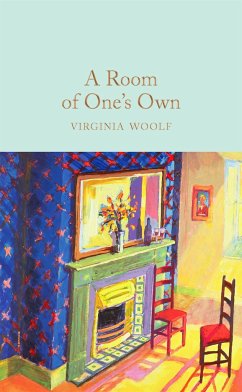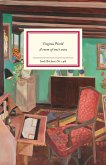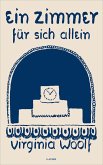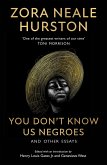In this extraordinary essay, Virginia Woolf examines the limitations of womanhood in the early twentieth century. With the startling prose and poetic licence of a novelist, she makes a bid for freedom, emphasizing that the lack of an independent income, and the titular 'room of one's own', prevents most women from reaching their full literary potential.
As relevant in its insight and indignation today as it was when first delivered in those hallowed lecture theatres, A Room of One's Own remains both a beautiful work of literature and an incisive analysis of women and their place in the world.
Part of the Macmillan Collector's Library; a series of stunning, clothbound, pocket-sized classics with gold foiled edges and ribbon markers. These beautiful books make perfect gifts or a treat for any book lover. This edition of A Room of One's Own by Virginia Woolf features an afterword by the British art historian Frances Spalding.
As relevant in its insight and indignation today as it was when first delivered in those hallowed lecture theatres, A Room of One's Own remains both a beautiful work of literature and an incisive analysis of women and their place in the world.
Part of the Macmillan Collector's Library; a series of stunning, clothbound, pocket-sized classics with gold foiled edges and ribbon markers. These beautiful books make perfect gifts or a treat for any book lover. This edition of A Room of One's Own by Virginia Woolf features an afterword by the British art historian Frances Spalding.








